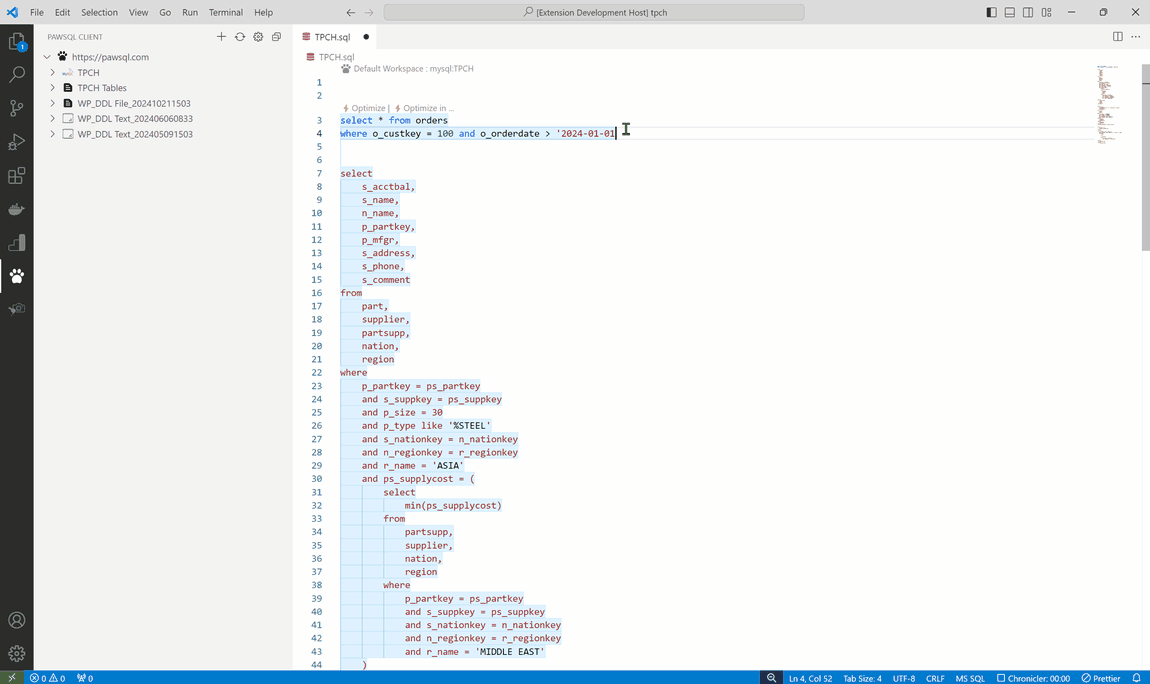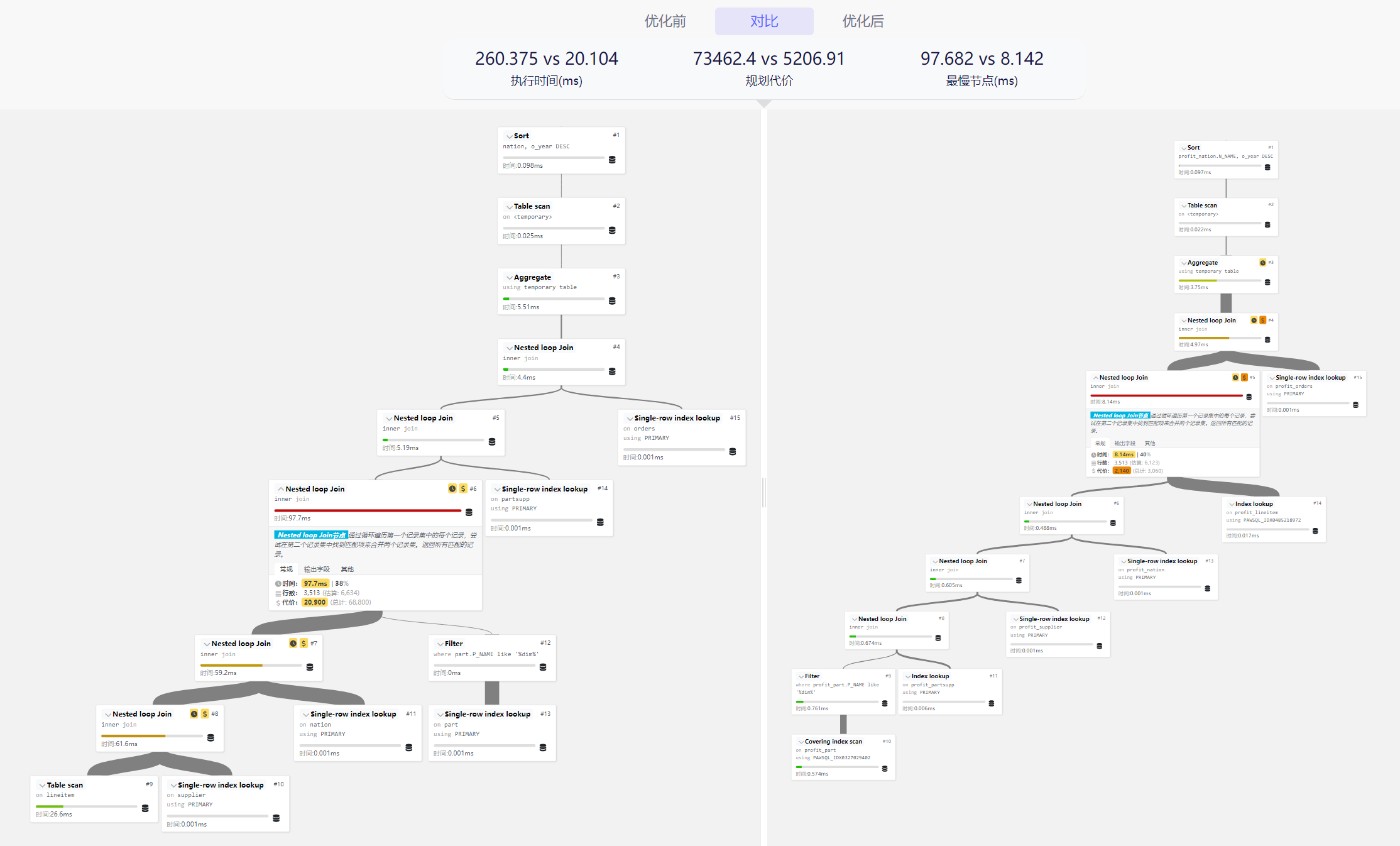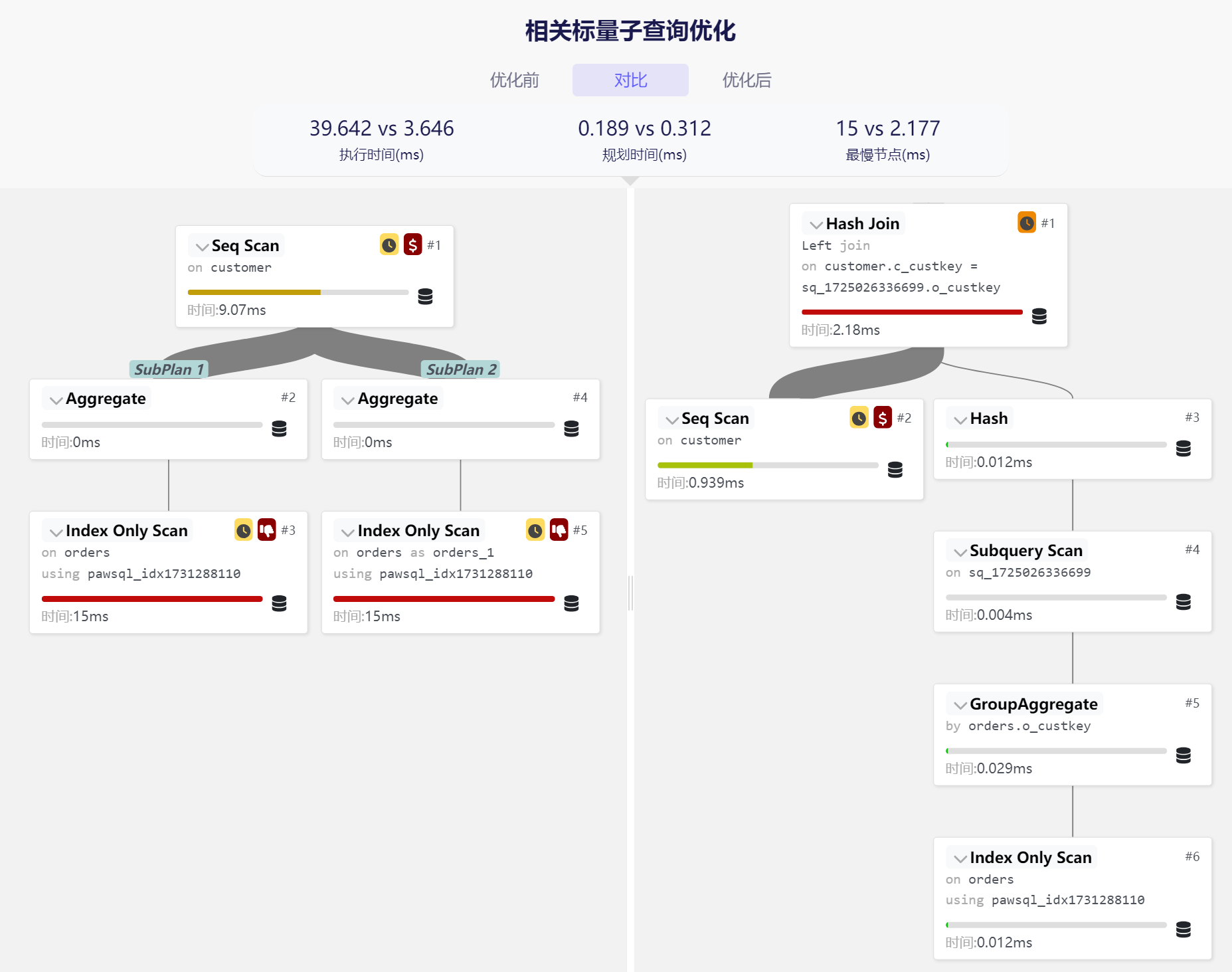PawSQL for Jetbrains - Optimize your SQL Queries within Jetbrains IDEs
💡 Introduction
PawSQL for Jetbrains (PawSQL Client) is a powerful Jetbrains plugin that seamlessly integrates PawSQL engine's intelligent SQL optimization capabilities into your development environment. It supports smart index recommendations, query rewriting, and automated performance validation. Working in conjunction with PawSQL Cloud (https://pawsql.com) or enterprise private deployment of the PawSQL optimization platform, it provides developers with one-click SQL performance optimization capabilities.
🎯 One-Click SQL Optimization in IDEA/DataGrip
Select the SQL text to be optimized, right-click, and choose which workspace to perform SQL optimization

✨ Core Features
- 🚀 One-Click Optimization - Intelligently analyze and optimize SQL query performance
- 📊 Index Optimization - Smart recommendations for optimal index combinations, comprehensively improving query efficiency
- 🔄 Query Rewriting - Automatically generate equivalent SQL statements with better performance
- 📈 Performance Validation - Precisely quantify optimization effects, providing detailed performance improvement data
🔧 Installation Guide
Install from Jetbrains Marketplace
- Launch Jetbrains IDE tool (such as IDEA/DataGrip)
- Search for "PawSQL Client" in Plugins and install

Install from Disk
- Download this plugin from Jetbrains Marketplace
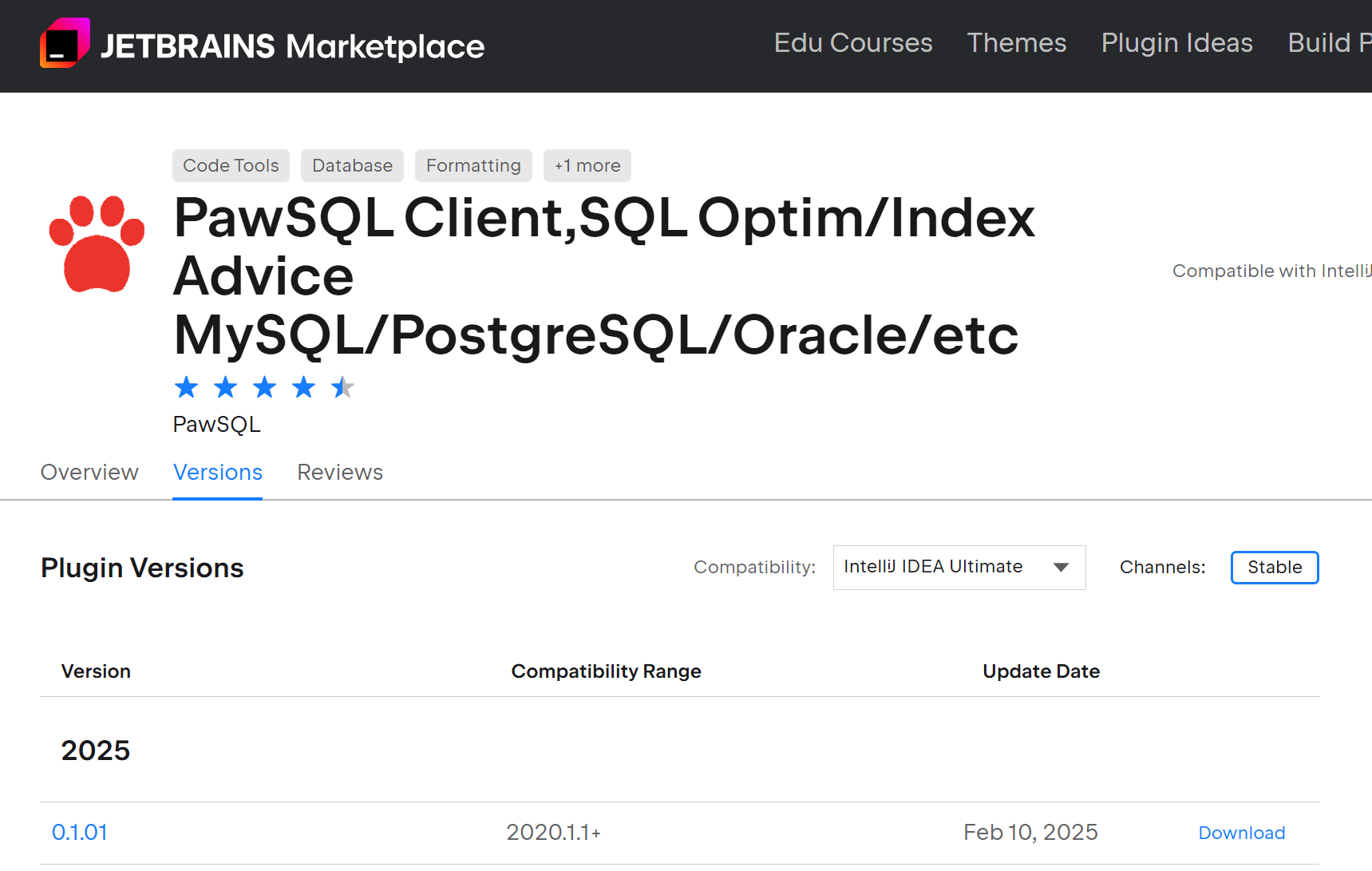
- Install it from Disk
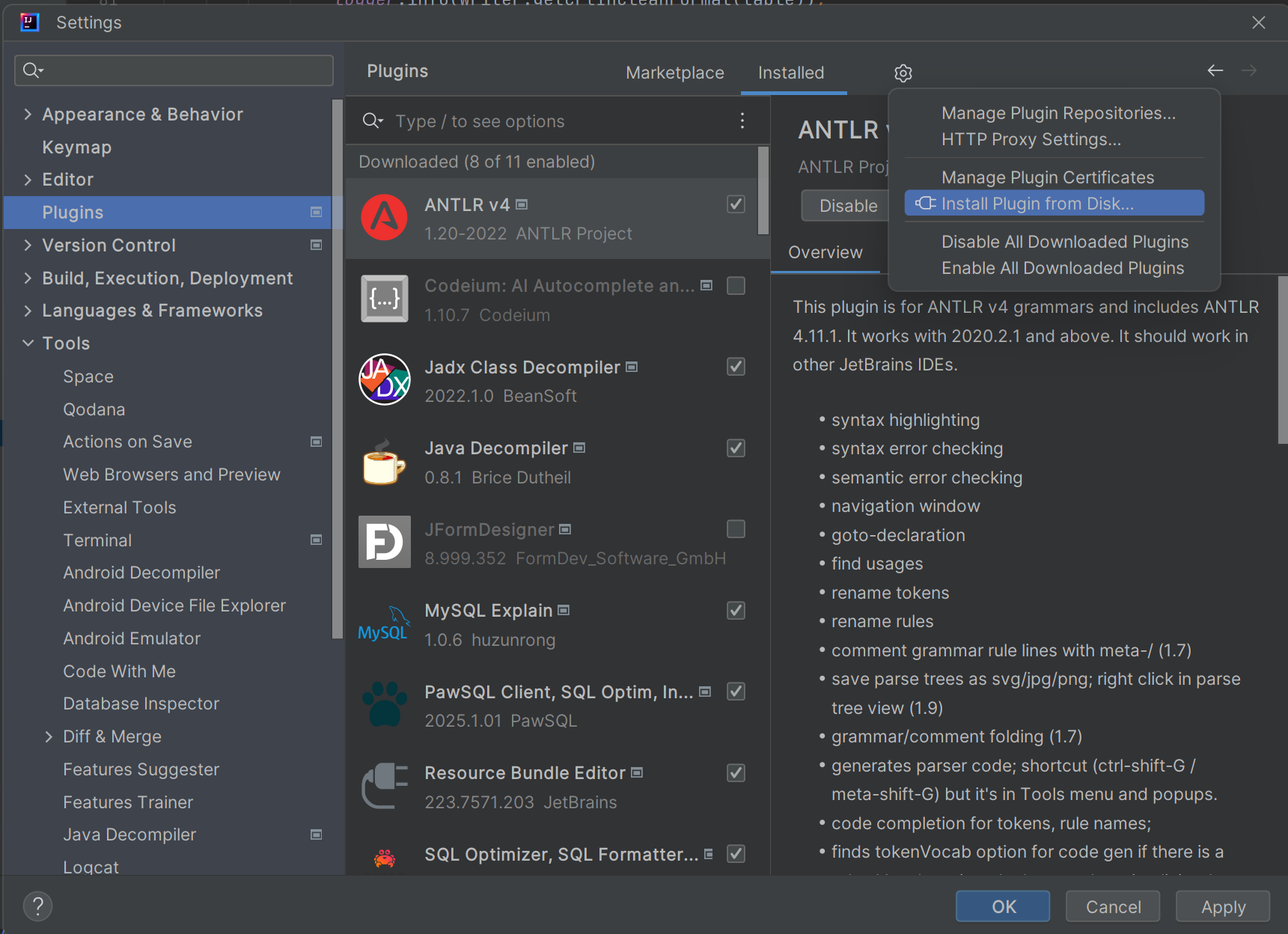
⚙️ Initial Configuration
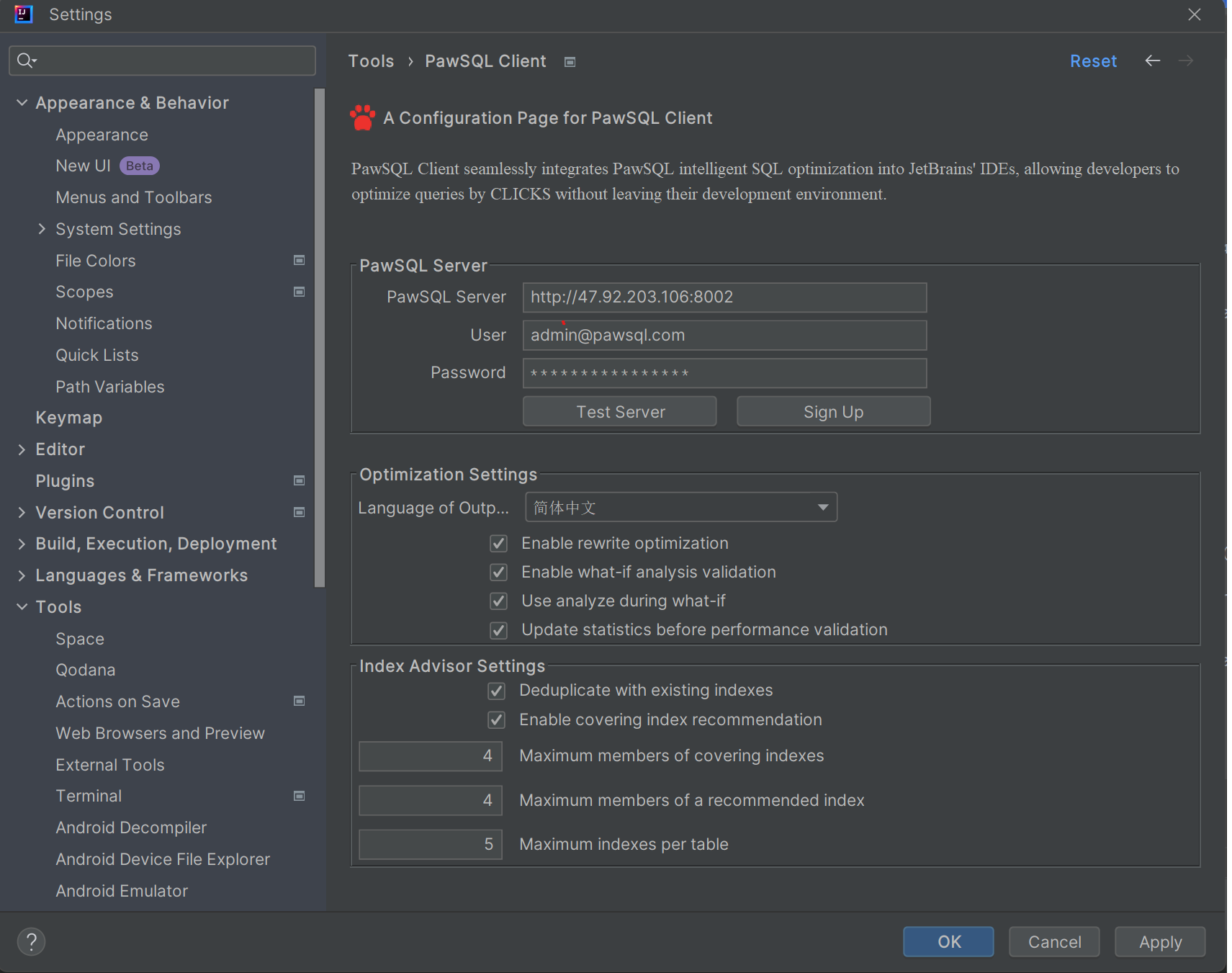
- Fill in the following information in the configuration interface:
- PawSQL Server address (e.g.,
https://pawsql.com) - Account information
- Password
- Click save to complete configuration
🌐 About PawSQL
PawSQL focuses on database performance optimization automation and intelligence, providing solutions covering the entire process of SQL development, testing, and operations. It widely supports various mainstream commercial and open-source databases including KingbaseES, offering developers and enterprises a one-stop innovative SQL optimization solution. It effectively solves database SQL performance and quality issues, improves database system stability, application performance, and infrastructure utilization, saving enterprises significant maintenance costs and time investment.

